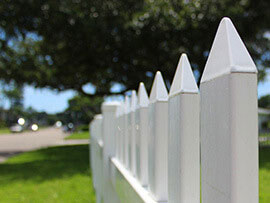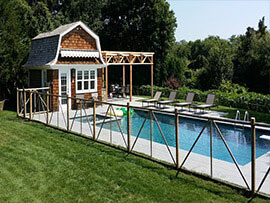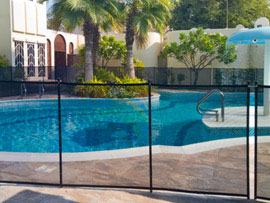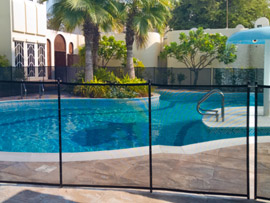This wire mesh is the most economical. However it has a limited lifetime. During the welding process, single strands of galvanized wire pass through the welder. The rust-preventing galvanizing is burned off at the weld points where the wires intersect. Water will collect at these weld points where the galvanizing is compromised, causing rust. GBW wire is a general purpose welded wire mesh which is ideal to use for small animal cages, such as rabbits. It can aslo be used as a low-cost wire fence, dog kennels and a variety of other uses.
Blog
- Continus Reading »
Wattle fences are very strong and long-lasting. Willow posts often take root in the ground creating a living fence, perfect for containing animals and enclosing gardens and orchards. And the density of the fence makes an ideal
- Continus Reading »
It's possible to use regular wire fencing, but it must be thick enough so they can't shred it (as they would with something like chicken wire. we can advise.) Making sure that the fence is far enough from what you want to protect is crucial as they can reach in and do damage. At the top, it is necessary to bend the fencing outward--away from the pen.
- Continus Reading »
Wattle fences may be one of the oldest types of fencing still in use today. They were used in England long before medieval times. Traditionally the fences are built from straight, slender, flexible suckers or saplings of the willow tree up to 1-1/2" diameter. After the leaves are stripped, the ”withies” are woven between upright wood posts. Willow is an ideal wood because it is pliable and resists splintering. Other species, such as alder, can also be used.
- Continus Reading »
Wattle fences may be one of the oldest types of fencing still in use today. They were used in England long before medieval times. Traditionally the fences are built from straight, slender, flexible suckers or saplings of the willow tree up to 1-1/2" diameter. After the leaves are stripped, the ”withies” are woven between upright wood posts. Willow is an ideal wood because it is pliable and resists splintering. Other species, such as alder, can also be used.
- Continus Reading »
A fence, zigzag in plan, made of rails resting across one another at an angle - according to the Random House Dictionary.






